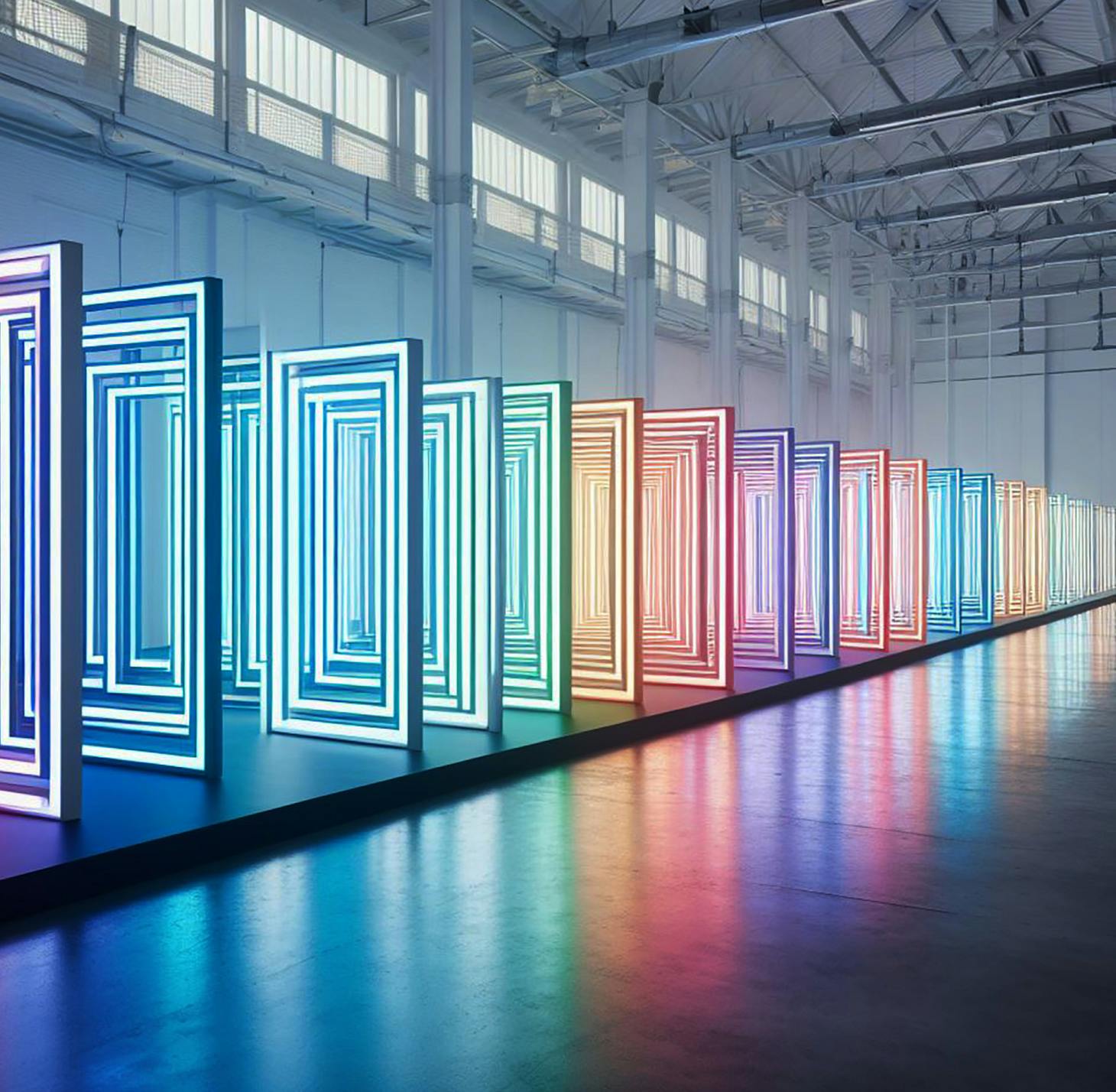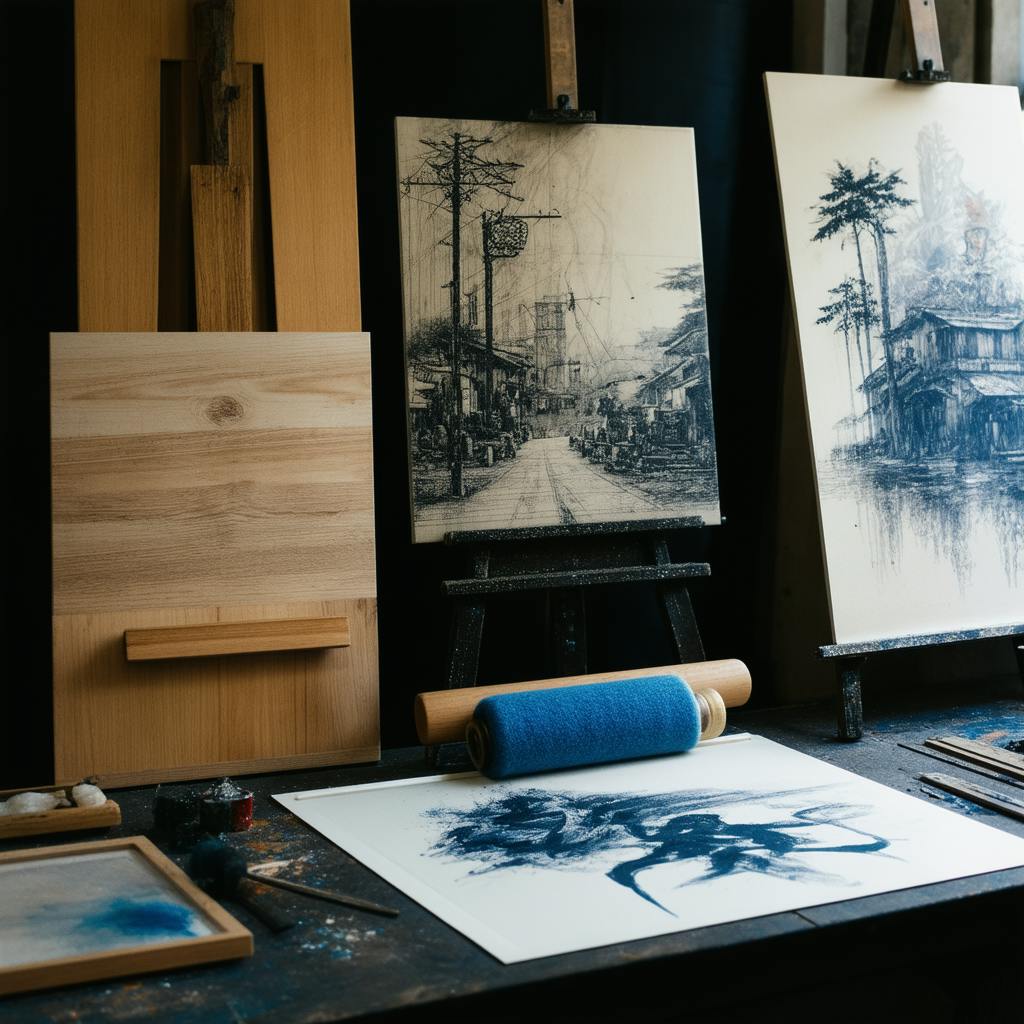Explore Sound Design Jobs
Sound design is a vital part of creating immersive, engaging experiences—but it’s often overlooked. Whether you're watching a movie, playing a video game, or exploring virtual reality, the sound you hear shapes how real and exciting everything feels. Behind those audio elements are professionals working in sound design jobs, helping to build powerful emotional moments and lifelike environments.
What many people don’t realize is that sound design is also a fast-growing industry with many career opportunities. If you're passionate about audio and enjoy working creatively, a job in sound design could be a perfect fit.
This article explores what sound design involves and how you can start a successful, rewarding career in this field. From crafting sound effects to editing dialogue and mixing music, these roles combine technical skill with artistic vision to enhance every project they touch.
Common Roles in the Sound Design Industry
The sound design industry offers a variety of job titles, each with its own focus but all centered around the use of sound to enhance storytelling. Some of the most well-known roles include:
- Sound Designer – Oversees the overall audio landscape of a project, shaping everything from background ambience to key sound effects.
- Sound Editor – Responsible for editing, layering, and mixing audio elements to ensure clarity and emotional impact.
- Audio Engineer – Handles the technical side of audio production, including recording, mastering, and ensuring audio quality.
- Foley Artist – Creates sound effects using real-world objects to simulate everyday actions like footsteps, doors closing, or rustling fabric.
Each of these roles plays a vital part in making films, video games, and multimedia projects come alive through sound.
Where Sound Designers Work
Sound designers are hired across a broad range of industries. As demand for immersive audio continues to grow, these professionals are finding opportunities in both traditional and emerging markets. Employers include:
- Film and TV production studios
- Animation and post-production houses
- Video game companies
- Advertising and creative agencies
- Theme parks and live entertainment venues
- Virtual reality and interactive media companies
With the rapid growth of digital media, virtual reality, and streaming content, the need for skilled sound professionals is stronger than ever.

Artwork by Julian Lwin
Salary Expectations for Sound Design Jobs
Sound design can be a rewarding career not just creatively but financially. According to Glassdoor, the average salary for a sound designer in the United States is approximately $66,000 per year. However, actual earnings can vary significantly based on:
- Experience – Entry-level roles may offer less, while experienced designers in leadership roles can command higher pay.
- Location – Cities with robust media industries, like Los Angeles or New York, often offer higher salaries.
- Industry and Project Type – Working on big-budget films or AAA video games typically pays more than freelance or indie work.
These factors combined create a flexible career path with both freelance and full-time opportunities available.
Career Pathways in Sound Design
The world of sound design goes beyond film and gaming. As technology evolves, new opportunities have emerged in areas like:
- Interactive Audio – Used in games and VR experiences, where sound responds in real time to user actions.
- Sound Branding – Companies now invest in sonic logos (like Intel’s chime) to strengthen brand identity.
- Podcast and Audiobook Production – These formats increasingly use layered soundscapes and effects to enhance storytelling.
One notable example is Skywalker Sound, the studio behind films like Star Wars and Jurassic Park. Their team has expanded beyond cinema, working on immersive museum exhibits and theme park experiences. Another case is the game The Last of Us Part II, where dynamic sound design helped win multiple industry awards by adapting ambient sounds to player movement and emotional context.
As sound continues to shape how we experience media and spaces, career opportunities in this field are becoming more specialized, creative, and essential across industries.

Artwork by Julian Lwin
Frequently Asked Questions About Sound Design Jobs
What software is most commonly used in sound design jobs?
Sound designers rely on a variety of industry-standard tools to craft audio experiences. The most commonly used software includes Avid Pro Tools for editing and mixing, Logic Pro X for music-heavy projects, and Adobe Audition for integrated workflows. Specialized tools like iZotope RX are often used for audio repair, while middleware like FMOD or Wwise is essential in game audio design.
Are freelance sound design jobs common in the industry?
Yes, freelance opportunities are plentiful in the sound design field. Many professionals work on a per-project basis, especially in film, advertising, podcasting, and indie game development. Freelancing allows for flexibility and portfolio growth, though it often requires proactive networking and strong time-management skills to maintain a steady stream of work.
How important is networking for sound design careers?
Networking is crucial in this field. Many sound design jobs—especially in competitive areas like film and gaming—are secured through personal connections or referrals. Attending industry events, joining online audio communities, and participating in collaborative projects can all help aspiring sound designers gain visibility and build valuable relationships with directors, developers, and fellow creatives.
Conclusion
Sound design jobs offer a dynamic and rewarding path for creative individuals who are passionate about audio and storytelling. With roles spanning industries like film, gaming, advertising, and virtual reality, the demand for skilled sound designers continues to grow. Whether you're exploring traditional positions or freelance opportunities, success in this field hinges on both technical ability and artistic vision. As the industry evolves, so do the tools and possibilities—making sound design not just a career, but an ever-expanding frontier for audio innovation.

